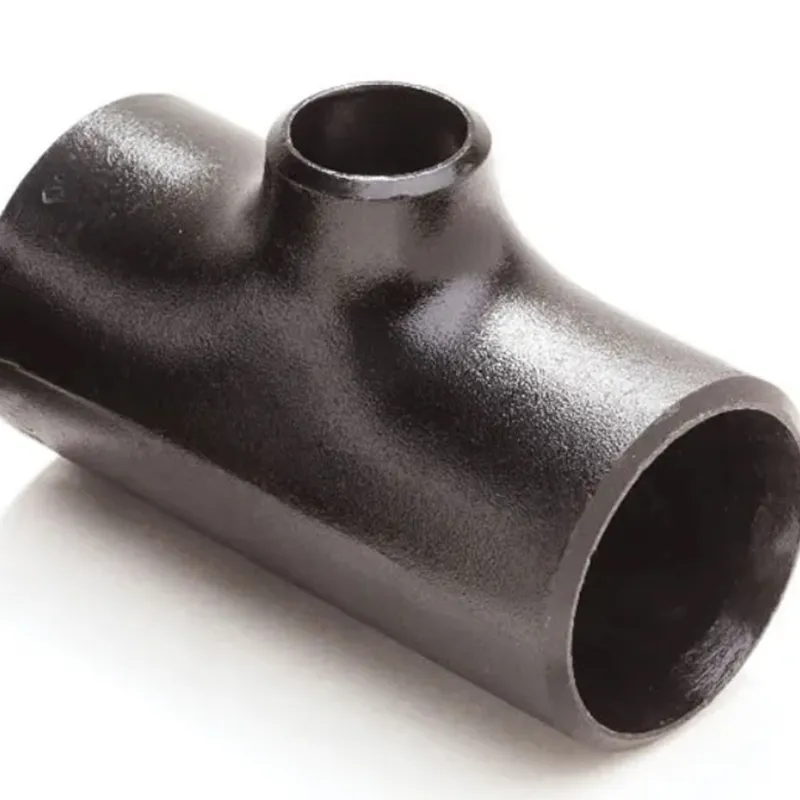-
Cangzhou Yulong Steel Co., Ltd.
-
Phone:
+86 13303177267 -
Email:
admin@ylsteelfittings.com
- English
- Arabic
- Italian
- Spanish
- Portuguese
- German
- kazakh
- Persian
- Greek
- French
- Russian
- Polish
- Thai
- Indonesian
- Vietnamese
- Zulu
- Korean
- Uzbek
- Hindi
- Serbian
- Malay
- Ukrainian
- Gujarati
- Haitian Creole
- hausa
- hawaiian
- Hebrew
- Miao
- Hungarian
- Icelandic
- igbo
- irish
- Japanese
- Javanese
- Kannada
- Khmer
- Rwandese
- Afrikaans
- Albanian
- Amharic
- Armenian
- Azerbaijani
- Basque
- Belarusian
- Bengali
- Bosnian
- Bulgarian
- Catalan
- Cebuano
- China
- China (Taiwan)
- Corsican
- Croatian
- Czech
- Danish
- Esperanto
- Estonian
- Finnish
- Frisian
- Galician
- Georgian
- Kurdish
- Kyrgyz
- Lao
- Latin
- Latvian
- Lithuanian
- Luxembourgish
- Macedonian
- Malgashi
- Malayalam
- Maltese
- Maori
- Marathi
- Mongolian
- Myanmar
- Nepali
- Norwegian
- Norwegian
- Occitan
- Pashto
- Dutch
- Punjabi
- Romanian
- Samoan
- Scottish Gaelic
- Sesotho
- Shona
- Sindhi
- Sinhala
- Slovak
- Slovenian
- Somali
- Sundanese
- Swahili
- Swedish
- Tagalog
- Tajik
- Tamil
- Tatar
- Telugu
- Turkish
- Turkmen
- Urdu
- Uighur
- Welsh
- Bantu
- Yiddish
- Yoruba

Sep . 12, 2024 02:58 Back to list
Different Types of Flanges Used in Piping
Different Types of Flanges Used in Piping
Flanges are essential components in piping systems, serving as integral connections between pipes, valves, and equipment. They ensure a secure and leak-proof joint, allowing for easy assembly and disassembly during installation and maintenance. Understanding the various types of flanges is crucial for engineers and designers in selecting the right flange for specific applications.
One of the most common types of flanges is the weld neck flange. Characterized by a long neck that is welded to the pipe, these flanges are designed to handle high-pressure applications. The gradual transition from the flange to the pipe minimizes stress concentration, making them ideal for critical service conditions. Weld neck flanges are typically used in industries such as oil and gas, power generation, and chemical processing.
Another prevalent type is the slip-on flange. This flange is designed to slide over the pipe, fixed by welding. Slip-on flanges are easier to align than weld neck flanges and are generally less expensive. However, they are not suitable for very high-pressure applications because the joint can be prone to leakage. These flanges are often used in low-pressure systems, such as water and wastewater pipelines.
The blind flange serves a different purpose; it is a solid disk with no hole, designed to seal the end of a pipe or fitting. Blind flanges are essential for closing off piping systems for maintenance or inspection. They are commonly used in pressure vessels, where stopping or altering flow is necessary.
different types of flanges used in piping

Socket weld flanges are another important type, featuring a socket that allows the pipe to fit inside before being welded. This design provides a strong and secure connection, making socket weld flanges suitable for small diameter pipes and high-pressure systems. They are frequently used in hydraulic applications and within the chemical industry.
Lap joint flanges are designed to work with a stub end, allowing for easy assembly and alignment. These flanges do not require heavy welding, making them convenient for low-pressure applications. The flexibility they offer makes lap joint flanges suitable for systems where frequent dismantling and reassembly might be necessary.
Lastly, threaded flanges are used for piping systems where welding is not feasible. These flanges have internal threads that allow them to be screwed onto a pipe. While convenient, threaded flanges are limited in high-pressure applications as the threaded connection can weaken under stress. They are often used in low-pressure, non-critical applications.
In conclusion, selecting the appropriate type of flange for piping systems depends on several factors, including pressure, temperature, and fluid type. Understanding the characteristics and applications of different flanges is essential for ensuring the safety and efficiency of piping systems. Whether it’s for industrial, commercial, or residential use, the right flange contributes significantly to the overall integrity of the piping network.
Latest news
-
ANSI 150P SS304 SO FLANGE
NewsFeb.14,2025
-
ASTM A333GR6 STEEL PIPE
NewsJan.20,2025
-
ANSI B16.5 WELDING NECK FLANGE
NewsJan.15,2026
-
ANSI B16.5 SLIP-ON FLANGE
NewsApr.19,2024
-
SABS 1123 FLANGE
NewsJan.15,2025
-
DIN86044 PLATE FLANGE
NewsApr.19,2024
-
DIN2527 BLIND FLANGE
NewsApr.12,2024
-
JIS B2311 Butt-Welding Fittings LR/SR 45°/90° /180°Seamless/Weld
NewsApr.23,2024











